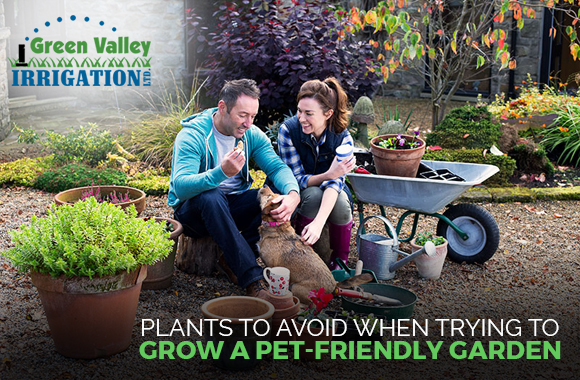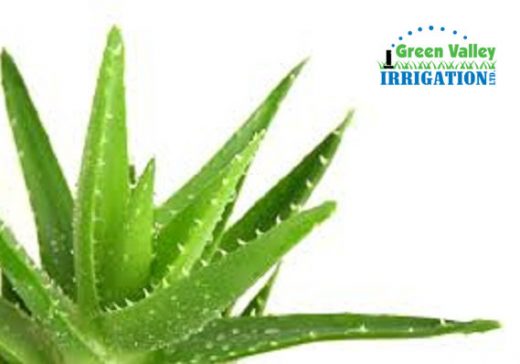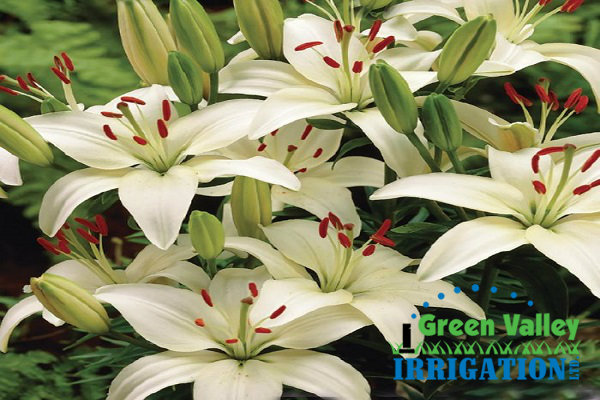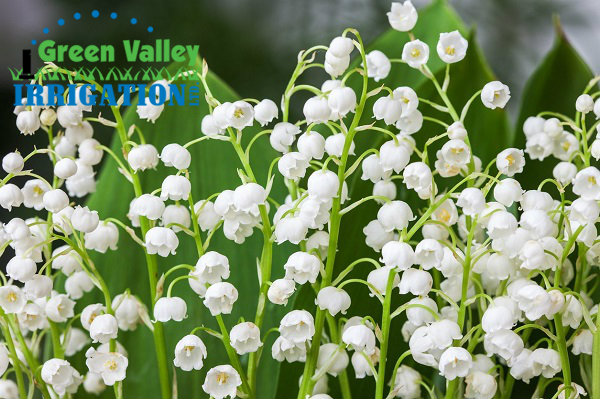
Gardening is a hobby that requires extensive knowledge of flora and fauna. There are different types of ornamental plants and flowers which are popular as garden plants. But if you have a four-legged family member in your home, a lot must be done to make your home and garden secure for them. Some garden plants, which are harmless or beneficial to humans, can be poisonous and sometimes fatal to dogs and cats.
This post compiles a list of popular garden plants which must be avoided if you have a pet at home.
Chrysanthemum

These flowers are very attractive and generally bloom during the autumn season. They contain lactones which can cause stomach irritation. More alarmingly, they can cause a lack of coordination for your pets. This is among the most commonly eaten toxin plants and if you have one of these in your garden, keep your eyes open for such symptoms in your pets. Major symptoms indicating consumption of these plants include vomiting, diarrhea, hyper salivation, rashes, lack of appetite and reduced coordination.
Aloe Vera

While these plants are beneficial for humans, they have rather negative effects on your pets if ingested. The Aloe Vera plant contains anthraquinone glycosides which can lead to bowel movements in dogs. You must be wary of the white sap that comes out after the leaves are broken in particular. Vomiting, anorexia, tremors, diarrhea, and change in urine colour, are some of the symptoms indicating consumption of the Aloe Vera plant in cats and dogs.
Lilies

There are different species of lilies and some are fatal to pets. Species of true lilies like the Tiger, Day, Asiatic, Easter and Japanese Show lilies can be very dangerous to pets, particularly for cats. Even ingesting a small amount can lead to severe kidney failure. Some symptoms you must take note of include inappetence, lethargy, vomiting, halitosis, seizures, dehydration, inappropriate urination and thirst. You must immediately take your pet to the vet to get suitable remedies at the earliest before it gets critical if any such symptoms arise.
Daffodils

These are very bright and attractive flowers that are easy to cultivate in a garden. But they are highly toxic for both cats and dogs. Any part of the daffodil plant can be toxic to your pets but the bulbs are the most toxic. The bulbs contain lycorine that has strong emetic powers. Major symptoms like abdominal pain, abnormal breathing, nausea, increased heart rate, cardiac arrhythmias, are some symptoms of ingesting these flowers. Other flowers which contain lycorine include amaryllis and narcissus and it is better to avoid them as well.
Lily of the valley

These plants look beautiful and give you shade but can cause severe illness in pets and even in humans at times. They contain cardiac glycosides that can be fatal for your pets. Symptoms include vomiting, severe cardiac arrhythmias, seizures, dropping heart rate and diarrhea. If these symptoms occur, take your pet to the vet at the earliest to start medication.
These are some of the most common and attractive choices for a home garden but are toxic for pets. It is best to avoid planting them at all in your garden. If you have any of these plants, being aware of the symptoms will help you to take immediate action to treat your pets. Green Valley Irrigation provides professional gardening and landscaping services that look great and are pet-friendly.

